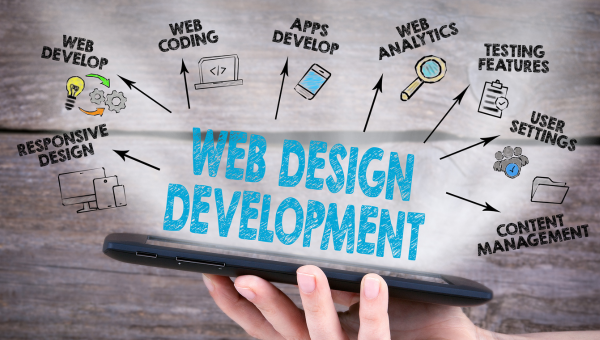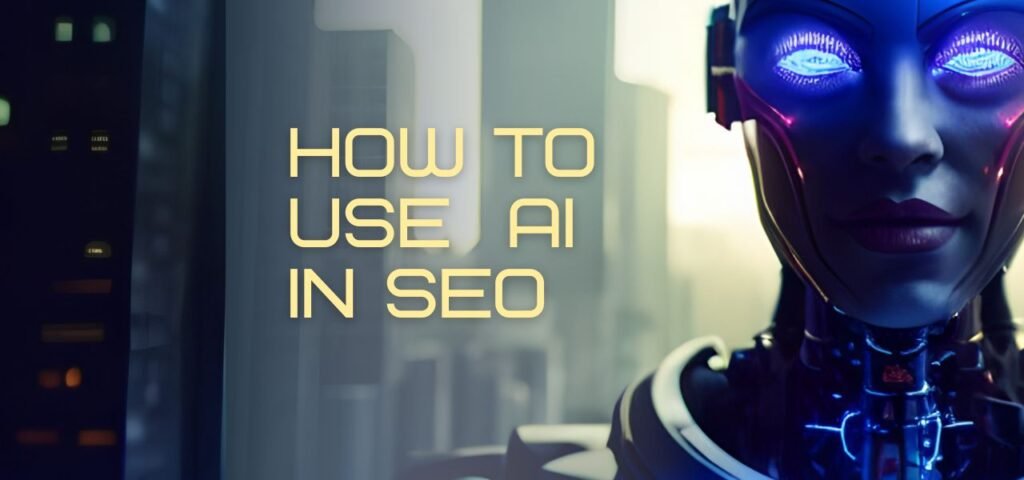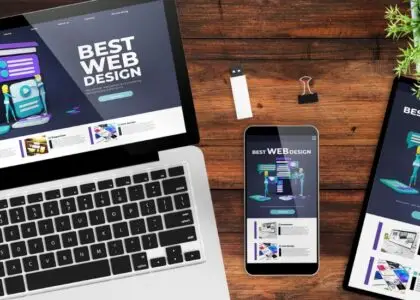In today’s digital landscape, businesses must create a compelling online presence through web design and web development that balances aesthetics and functionality. Many struggle to balance aesthetics with functionality, often resulting in websites that are either visually appealing but lack efficiency, or functional but fail to engage users. This disconnect can lead to poor user experience, high bounce rates, and missed opportunities for growth. To solve this, businesses must harmonize the skills of web design and web development—two complementary fields essential for creating a website that is both attractive and efficient.
This article provides an in-depth look at how web design and web development, when combined, form the perfect duo for online growth. We’ll explore the distinct roles of web designers and developers, how they work together to create an optimized user experience, and the crucial impact of their collaboration on SEO and digital marketing. By understanding these roles and their synergy, businesses can build websites that attract, retain, and convert users effectively.
Table of Contents
ToggleWhat is Web Design?
The Role of Web Design in Online Success
Web design focuses on the visual and experiential aspects of a website. It’s about creating an appealing interface that makes it easy and enjoyable for users to navigate. Web designers are responsible for crafting the look and feel of a website, including the layout, color schemes, typography, and imagery. Good design must not only look appealing but also be accessible and functional, providing a smooth user experience across all devices.
Key Elements of Web Design
Web designers approach their work with two main goals in mind: User Interface and User Experience.
- User Interface (UI): UI design emphasizes the layout and interactive elements of the site. It ensures that every button, icon, and section serves a clear purpose and fits cohesively within the website.
- User Experience (UX): UX design focuses on creating an intuitive journey that meets user needs and minimizes friction in their interactions with the website.
Effective web design builds trust, encourages engagement, and aligns with the brand’s identity. Ultimately, the aim of web design is to create an experience that is visually appealing, easy to navigate, and compelling enough to retain users.
What Is Web Development?

Bringing Designs to Life Through Development
While web design focuses on aesthetics, web development brings those designs to life by creating a functional website. Web developers handle coding, testing, and implementing the features and functionalities envisioned by the designers. They ensure the website loads quickly and reliably, accommodating features like e-commerce or interactive elements.
Types of Web Development
Web development is typically divided into two areas:
Front-End Development: This type of development handles the parts of the website that users see and interact with, like buttons, forms, and navigation menus. It involves languages like HTML, CSS, and JavaScript to create a responsive, interactive user experience.
Back-End Development: Back-end development focuses on the server side, managing data processing and storage. This side is responsible for handling user data, server requests, and website security, using languages like Python, Ruby, PHP, and SQL.
In essence, web development is the backbone of a website, making it functional, efficient, and reliable. Without strong development, even the most beautiful design would fail due to technical issues.
The Interplay of Web Design and Web Development

Why Collaboration of Web Design and Web Developmen Is Essential?
While web design and web development are distinct disciplines, they are interdependent. A successful website requires close collaboration between designers and developers to create a site that is both visually appealing and technically sound.
The Process of Integrating Design and Development
During the planning phase, designers and developers often work together to define the goals and structure of the website. Designers bring creative vision, sketching out the aesthetic direction and layout, while developers provide input on technical feasibility. This ensures the final product is both achievable and aligned with the brand’s vision.
Once the design is finalized, developers translate the visual layout into code, integrating animations, multimedia elements, and functionality for different devices. Throughout this process, effective communication between designers and developers is crucial for making adjustments based on technical limitations or design changes.
Enhancing User Experience with UX/UI Collaboration

The Role of UX/UI in Retaining Users
One of the most significant benefits of a strong design-development collaboration is an improved UX. Websites that combine thoughtful UX design with solid development are more likely to engage users, retain them, and convert them into loyal customers.
Building Intuitive, Engaging User Journeys
UI elements, like buttons and forms, impact a user’s journey. Designers work to make these elements intuitive and visually appealing, while developers ensure they function smoothly. For example, a designer may create a unique form layout that enhances user experience, and the developer ensures it works seamlessly across different devices and browsers.
Responsive design is another area where the synergy between design and development is essential. With the rise of mobile usage, websites must adapt to various screen sizes without compromising on quality. Designers create adaptable layouts, while developers implement the code that adjusts the website’s content dynamically.
How Web Design and Development Impact SEO and Growth

Improving SEO with Strong Design and Development
A well-designed and well-developed website improves a business’s growth by increasing visibility, user engagement, and customer satisfaction. Both design and development play crucial roles in achieving these goals, especially regarding SEO and digital marketing.
Optimizing User Engagement for Better Search Rankings
A user-friendly, visually appealing website encourages users to stay longer, decreasing bounce rates and increasing the likelihood of conversion. Search engines like Google consider these factors when ranking websites, which means a well-designed site with engaging content can lead to higher search rankings.
Developers optimize technical aspects to enhance SEO, including load times, mobile compatibility, and clean code. These factors contribute to a smoother user experience and better SEO performance. Higher search rankings attract more organic traffic, which can increase sales, inquiries, or subscriptions.
The Perfect Duo for Growth

In today’s competitive digital landscape, web design and web development are both essential for businesses seeking to grow. While design focuses on aesthetics, user experience, and brand identity, development ensures the site is functional, efficient, and reliable. Together, they create a website that not only attracts visitors but also keeps them engaged and encourages them to take action.
For businesses looking to build a powerful online presence, understanding the difference between design and development—and appreciating how they complement each other—is essential. By investing in both a skilled design team and a competent development team, companies can build websites that are visually appealing, technically sound, and geared toward growth. Web design and web development are the perfect duo, combining creativity and technical prowess to help businesses reach their full potential online.
Frequently Asked Questions (FAQs)
Web design creates the look and feel, while web development builds the functionality. Design handles visuals; development handles code and structure.
Collaboration between designers and developers is essential because a successful website needs both a good design and reliable functionality. Designers create the visual blueprint, while developers ensure it’s functional, efficient, and optimized for performance. Working together allows them to create cohesive, user-friendly, and responsive websites that support business growth.
Web design and development both play key roles in SEO. Good web design improves user experience, reducing bounce rates and encouraging users to spend more time on the site, which search engines favor. Development factors, like page load speed, mobile-friendliness, and clean code, also impact SEO. When design and development work together, it results in a site that’s visually appealing, functional, and well-optimized for search engines.
UI involves the interactive layout, and UX focuses on user journey and ease of navigation. Together, they create a smooth experience.
A website with only good design but no functionality may look appealing but will likely frustrate users with broken features or poor performance. Conversely, a website with only solid development but poor design might function well but fail to engage users visually. Both elements are essential for creating a website that looks great, performs well, and effectively meets business goals.










